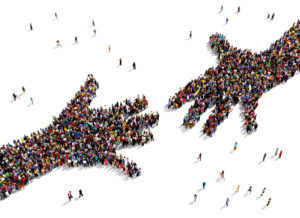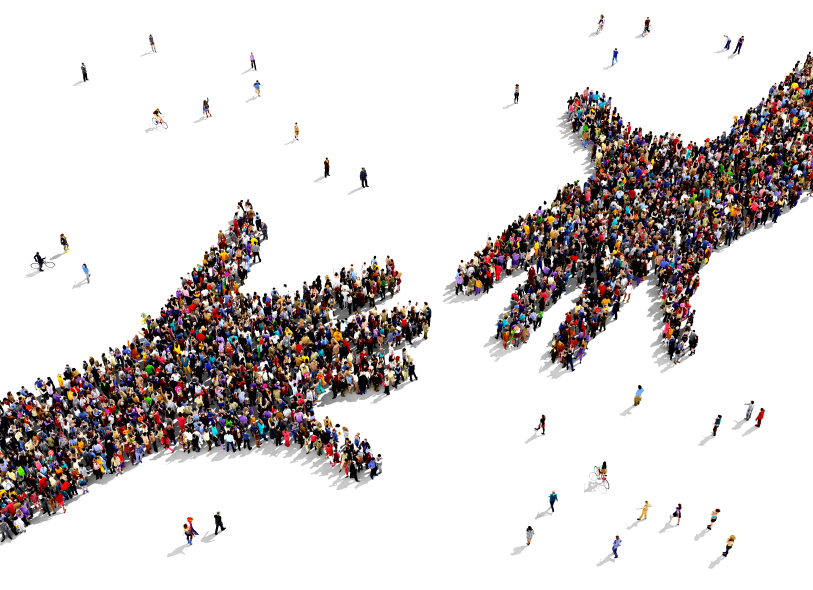

From writing about the settlement of America to understanding the events leading up to World War II, students engage with content best if they are able to see events from an insider’s point of view. Some of the most memorable lessons for students occur when we get them to step — even if just for a moment — into someone else’s shoes.
Defining empathy skills
Viewing the world through a different lens is often the easiest definition of empathy. Rather than sympathy, which can often mean maintaining outsider status while judging another, empathy requires active and integrated interaction with the values and experiences of someone different from themselves.
Modeling empathy and increasing student insight with essential questions
Some educators, like sociologist Sam Richards in his TED talk “A Radical Experiment in Empathy,” encourage people to entertain difficult acts of empathy and tap into vastly different ideologies and experiences. While this empathy does not lead people to believe or behave similarly, it does give them profound insight into seemingly inexplicable behavior.
One way students learn empathy is through modeling, not necessarily with deliberate content teaching. Sometimes modeling empathy can be as simple as asking students a variety of essential questions:
- Who are you?
- Who am I?
- Who is “other”?
- How do we interact?
Practicing empathy helps educators reduce prejudice and be responsive to students
Practicing routine empathy helps teachers reduce prejudice and increase understanding. It also aids them in recognizing the individualized needs of learners and being culturally responsive.
Being responsive to students does not necessarily mean accepting or valuing inappropriate behavior. However, trying to understand what motivates student misbehavior and disciplining them in a respectful way helps conflict end positively for both teacher and student. Sometimes the simple act of acknowledgement goes a long way in modifying student behavior.
Mastering content through acts of empathy
Beyond modeling, deliberately engaging students in acts of empathy can help them master content. For example, it can be incredibly difficult to teach world history to students, particularly if they do not understand or identify with the various people engaged in different historical events. By asking students to imagine what it’s like to be, for example, an ancient Greek warrior or a present-day Syrian refugee, they can begin to understand how and why people are motivated to behave in seemingly inconceivable ways.
Furthermore, empathy training challenges students to step beyond headlines and entertain different arguments or concepts. Suddenly, students for whom the U.S. war in Afghanistan once seemed simple understand the complexity of issues. As Sam Richards acknowledges, stepping into the various tiny worlds of individual experiences helps people understand a big and complicated world. For students, this can result in a better understanding of how and why national and world events are connected.
Lesson plans that teach empathy improve students’ learning communities — and personal judgement
Students who are taught empathy gain insight into complex historical events and see why a math problem might transfer to use outside of the classroom. However, they also realize that their own worlds of family, friends and school are interconnected. Empathetic students understand how their own actions may affect those around them.
Teaching Tolerance, a project of the Southern Poverty Law Center, has lesson plans for developing empathy at any age, from pre-kindergarten to high school. Even if these lessons are not directly applied to content, they can be used to create a classroom culture that is accepting and supporting, which encourages students to take the sorts of risks that result in significant growth and important learning. Empathy training helps to build a learning community and a school that is both accepting and respectful.
Monica Fuglei is a graduate of the University of Nebraska in Omaha and a current faculty member of Arapahoe Community College in Colorado, where she teaches composition and creative writing.
Categorized as: Tips for Teachers and Classroom Resources
Tagged as: Engaging Activities
